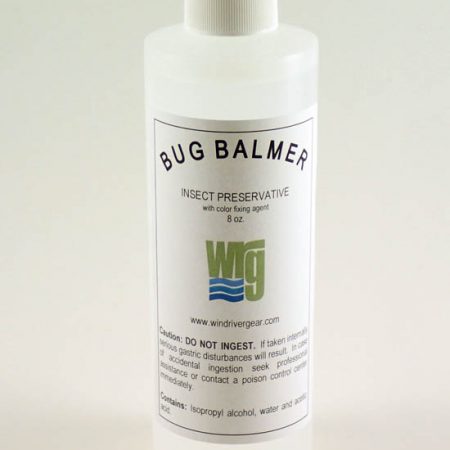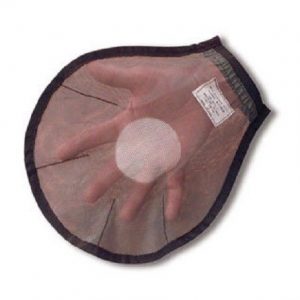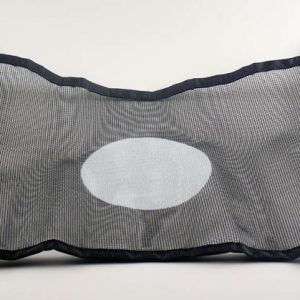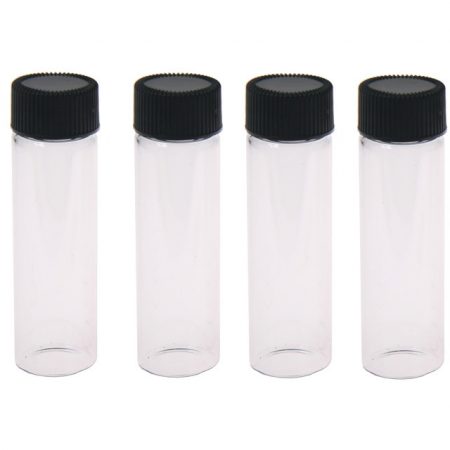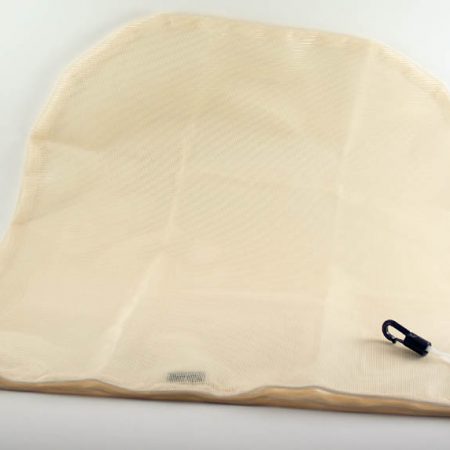A Fly Anglers Guide to Identifying and Collecting Bugs
One of the most common questions I run into when teaching lessons through our shop is “How do I know which bugs to use?” While there can be a very complex answer here, I think it’s best to keep it simple. Hopefully, this article will help those struggling with entomology get a basic knowledge of the types of bugs we have around the Southwest, as well as a few different ways to collect them.
While there is a multitude of different aquatic insect species of importance when it comes to a trout’s diet, the vast majority of these bugs are members of 4 families. These are Mayflies, Caddisflies, Stoneflies, and Midges. Each of these families contains numerous species, with the Chironomoidea superfamily (midges) containing over 10,000 species itself. It would take a lifetime of learning to be able to distinguish each of these species from each other, but luckily as fly anglers, we don’t need to know the exact species of scientific names of these bugs to effectively “match the hatch”.
Most of these bugs have a 2-3 stage life cycle. All start out as larva that lives in the substrate of the river and end as adults that breed above the water and eventually die, falling back into the water. When caddis and midges emerge, they cast off their larval shucks and enter another stage of life, the pupa stage. The pupa stage is the stage between larva and adult when the wing cases start to pop out of the larval shuck. After pupating, caddis and midges become adults, the flying insects we are most familiar with. Mayflies do not pupate, though they go through 2 stages as adults. Upon emerging, mayflies are known as subimagos. In this stage of life, their wings are fully developed and they can fly, but they are not able to breed until after one more molt. This later stage of life is known as the imago stage. Imago mayflies are the fully mature adults that are ready to breed, deposit their eggs in the river, then die. Stoneflies do not have a pupa stage and only have 1 adult form. Unlike most of the other bugs, stoneflies crawl out of the river and molt their larval shuck on land, depositing their eggs back into the river after breeding.
For our purpose as fly anglers, being able to identify the size, color, and type of insect as a larva (nymph) or an adult (dry) will suffice. I personally find this easier to do with adult insects as we can usually see the bigger bugs flying around and get an approximate size and color fairly easily. One way to easily identify the type of adult insect is by its flight pattern and how it sits on the water’s surface. Mayflies tend to fly with a little more grace than the rest and sit on the water with their wings straight up over their back, resembling the sails on a sailboat. Caddis fly extremely erratically with no discernable structure to their paths. Adult caddis spend as little possible time on the water itself, depositing their eggs by bouncing on the water as quickly as possible. More often than not, if you see an adult caddis on the water surface, it has already bred and deposited its eggs and is dying or dead. Stoneflies are easy to identify as they are often much bigger than any of the other bugs. Their wings lie straight along the back of the body. These bugs are also very clumsy flyers and tend to bump into anything in their way when flying around the river. The reverse of this is the midge, which is often much smaller than any of the other bugs and tends to fly in vast swarms around the river. Individual midges can be hard to identify on the surface of the water as they are so small, but on windier days the individual bugs will cluster up and appear as a quarter to half dollar size rafts floating down the river. This is always welcome by fly anglers, as it allows us to fish bigger bugs to otherwise very selective fish.
Identifying the nymphs can be a little more difficult. Mayfly nymphs come in 4 distinct types. There are clingers, crawlers, burrowers, and swimmers. Clingers are the ones we find clinging to the bottom of rocks, crawlers are the ones we find crawling along the bottom of the river, burrowers make burrows in the muddy or sandy parts of the river, and swimmers, well swimmers swim around and rarely are found staying still in any one spot. Most swimmer mayflies are found in still waters and sections of rivers with slow to no current. Clingers tend to have beefier thoraxes with hinge-like front legs for better grip. Some clinger mayflies may resemble a stonefly to the untrained eye but on average are smaller than most stoneflies. Caddis larva also comes in a variety of types, though the most common are cased and uncased. Cased caddis build themselves a case that resembles a cocoon out of small pebbles, silt, or sticks along the river bottom and affixes it to a rock or stick. These are easily identifiable as they will just look like a cocoon made of rock with the bug’s head poking out. Uncased caddis, also known as rock worms, resemble bright green worms or caterpillars. You will generally find these bugs clinging to the bottom of rocks and sticks as well. Midge larva also resembles small, segmented worms and cling to the bottom of rocks for shelter. Midges are much smaller than caddis larva most of the time and tend to be a red, orange, or cream color. The pupa form of both the above-mentioned insects will be found somewhere in the actual water column and will have an emerging wing case. Stonefly larva is probably the easiest to identify as they are much bigger than any of the others. Like most aquatic insects, they can be found clinging to the bottom of rocks. They have a beefy head and thorax and a segmented abdomen. Stonefly larva has two antennae, six legs, and 2 tails. They are often dark to light brown or golden in their larval form.
Once we are comfortable identifying bugs both in and on the water, then it’s just a matter of finding bugs to identify. Most of these bugs, as stated above, attach themselves to rocks in one way or another. The most simple method of finding bugs is simply flipping rocks. This is a tried and true method that yields results, though collection can be a little more tedious and the sample field is limited to what is on each individual rock. A much quicker way to collect a larger sample field is by using some sort of seine. A seine is a type of net, and the ones we use to collect bugs are very finely webbed to allow water to pass through but bugs to stick. By employing a seine and shuffling around rocks upstream from it, you will be able to collect much more bugs from many more rocks quickly and with ease. We sell many different types of seines at Duranglers ranging from a larger seine attached to two posts, a glove seine, or a seine that attaches to your normal landing net. I personally find the kind that attaches to your landing net to be the easiest to use. Once we have our bug samples then we know exactly what bugs are moving around in the water and can pick our flies accordingly. If you’d like to save your bug samples for a collection, we do carry bug vials and balm in the shop as well.
Hopefully, this article gives you a little more than a basic understanding of how to identify and collect bugs. If you’d like a more in-depth lesson on identifying and collecting bugs, give us a call at the shop and enquire about our entomology lessons.



